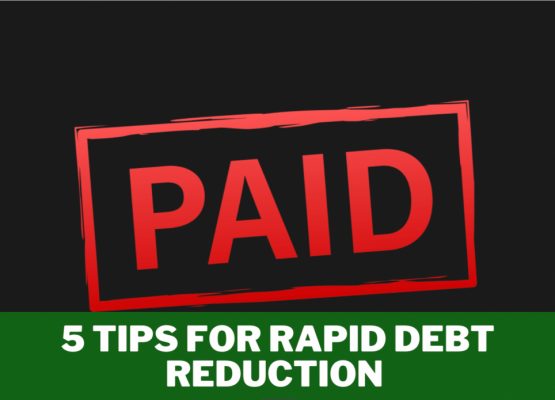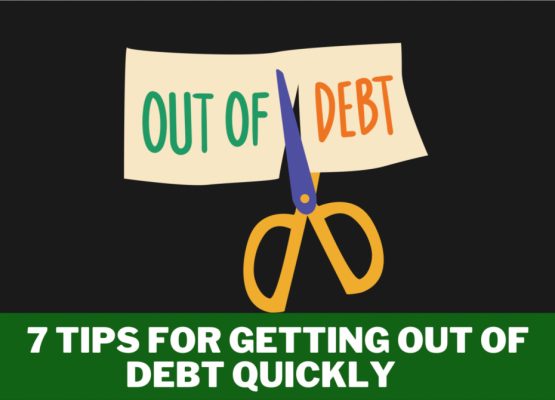Debt Reduction

5 Actionable Strategies to Rapidly Eliminate Personal Debt
Are you overwhelmed by personal debt? Fear not! There are strategies to effectively manage and eliminate this burden. This article will provide five detailed tips to help you extinguish your debts swiftly. Let’s get started! 1. Establish a Realistic Budget The first step toward debt elimination is establishing a realistic and practical budget. Understanding your […]

7 Powerful Tips to Quickly Pay off Your Debt
Introduction Debt: a four-letter word that sends shivers down the spines of many. Whether it’s student loans, mortgages, credit card balances, or personal loans, debt has become an inescapable part of our lives. Yet, it doesn’t have to define our financial futures. With the right strategies, you can pay off your debts more quickly than […]
